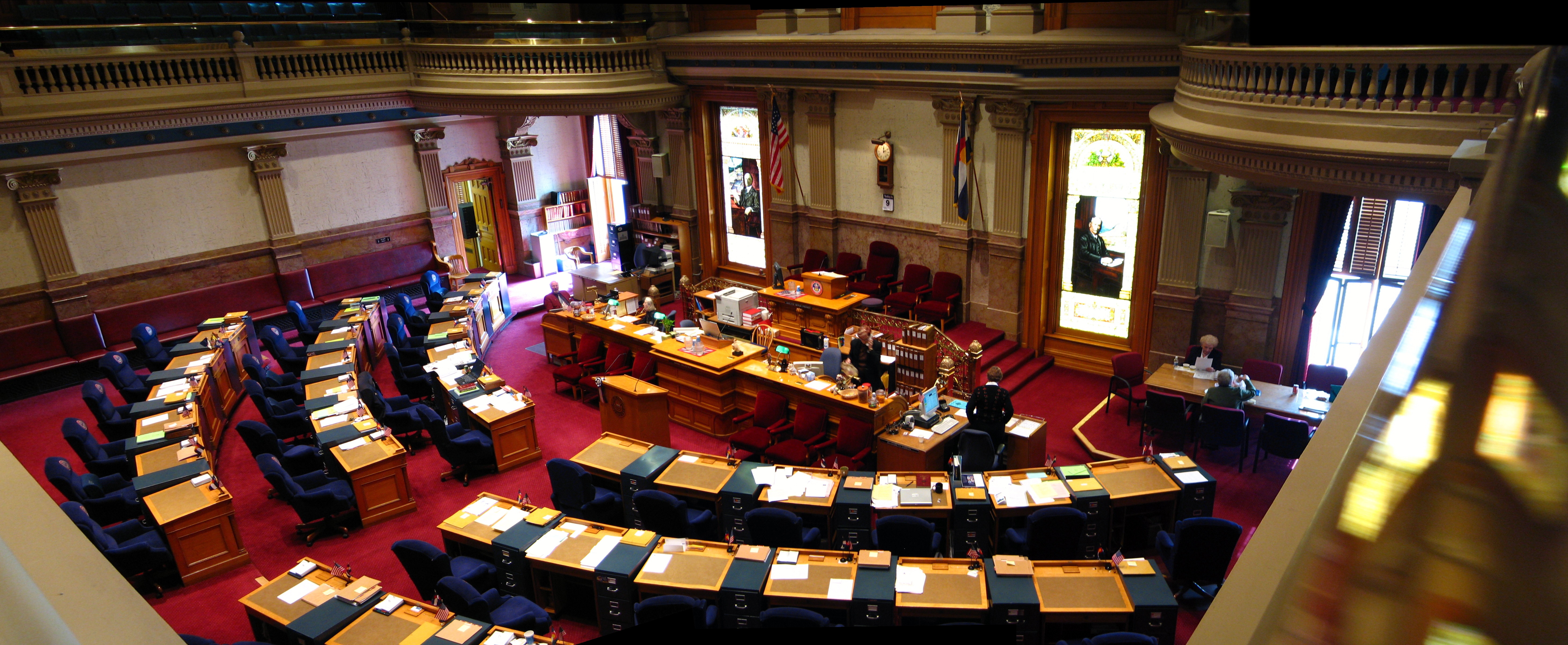QV Polling Method Gains Steam in Colorado State Legislature
Alex Randaccio, Eli Zeger
May 24, 2021

In 2019, Colorado state Democrats made headlines in the likes of Bloomberg and Wired for experimenting with a brand new approach to polling. In part, it was meant to speed up the process of assessing caucus members’ preferences across dozens of spending bills. But more profoundly, their approach reflected the nuances of those preferences. The new approach they used was called Quadratic Voting, and state Senator Chris Hansen spoke highly about the experience on the recent RadicalxChange livestream “Quadratic Voting at Work.” Hansen, who initiated the QV Preference Poll experiment as a member of the state House of Representatives, said of the traditional ways that state Democrats gauged those within their Caucus: “you don’t really get that depth and breadth of information that you get when you use QV.”
Despite the success of Colorado’s first QV experiment, one thing remained unclear: Would polling with QV become a legislative routine, or was it only an anomaly? The answer to that question came this past April, when state Representatives used QV once again to prioritize proposed spending bills. As with the poll conducted in 2019, the Caucus wished to efficiently capture the preferences of its members. The difference this time was that members in the state Senate, with Hansen newly elected among them, participated alongside those in the House. The method of polling, along with the limited budget at a total of $50 million, incentivized legislators to be extra careful about how they allocated their voice credits (or “clicks,” as they chose to call them) across a list of over 80 proposed bills eligible to receive funding. The results were both anonymous and non-binding—these weren’t official votes cast on the record—but they helped Caucus leaders understand the group’s collective priorities going forward. More specifically, which bills should they schedule floor votes on and when, which bills should they abandon, etc. Though the Democratic Caucus organized the Preference Poll, they maintained that their objective was efficiency, not partisanship: “I also offered this up to the Republicans,” Hansen said on the livestream.
In the poll, Members from both the House and the Senate used RxC QV[1], an updated QV application developed by RadicalxChange, to submit their responses. Altogether, the new web interface was a major upgrade to the polling process as it allowed members to quickly and easily study the legislative options, signal their preferences, and then press submit. Behind the scenes, the app made it easy for administrators to create and manage the poll, and exporting the cumulative data was as simple as the click of a button. Yet again, the poll generated a clear representation of what should be the group’s current priorities, giving Caucus leaders guidance on how to form a legislative agenda that reflects and optimizes the collective interests of its membership.
Future directions for QV
Beyond the political sphere, QV can improve collective decision-making for DAO’s, corporate boards, cooperatives, and other types of groups. A big part of spreading that awareness is demystifying how the mechanism looks and operates. One of the most common concerns with QV is that it might make the voting process too complicated or confusing. We believe this misconception reflects a problem in interface design rather than in mechanism design. In other words, we can make Quadratic Voting simple and easy for voters if we thoughtfully design the voting experience. That’s why our team will update RxC QV with a new interface to make the voting process intuitive and fun, by representing the quadratic cost of votes with interactive animations[2]. As RadicalxChange continues to improve the interface, our goal is that more groups will experiment with QV and reap the benefits without imposing any additional cognitive burden on the user.

As for the Colorado legislature, it appears that QV is here to stay. There are ways in which the mechanism can be made available to everyday citizens, namely through the state’s various channels for direct democracy, but not without its fair share of scaling and logistical hurdles. Still, Senator Hansen intends for QV to be an ongoing routine. “My hope is to successfully use it this year, try to repeat that success next year, and just make this a regular part of how we do business in the legislature,” he said. “Then, as we identify other problems where it’s a good fit, be able to roll it out—but be able to roll it out based on the confidence that has been built from this initial success.”
Notes
To create the app, RxC forked open source code from a Gitcoin project that enabled its community of users to collectively select the winner of a Hackathon contest. ↩︎
The current prototype represents voice credits as square blocks that can be grouped together and spent on effective votes. ↩︎